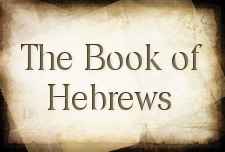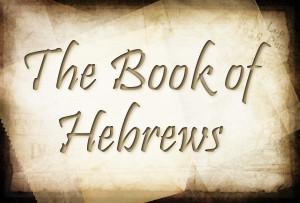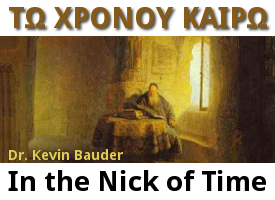Authorship of Hebrews: Why not Paul?
 Read The series so far.
Read The series so far.
A pastor asked a good question in response to my suggestion that Jude was the author of Hebrews: “How does one go about determining authorship, when the majority of early, external material attributes authorship to Paul? Apart from the views of Origen, why is Paul not the favorable author?”
Earliest writers on the subject, Clement of Alexandria and Origen, wrote that the Greek in Hebrews was not Paul’s. They could be wrong, but they wrote and spoke the language. In response to the good questions, I wrote to the pastor the following:
The strongest internal arguments against Pauline authorship, in my opinion, are:
(1) Paul’s practice was to mention himself clearly as the author of his epistles, and write it with his own hand (2 Thess. 3:17), because there were many false “Pauline” epistles circulating. Such a practice is lacking in Hebrews.

 Read
Read 

Discussion